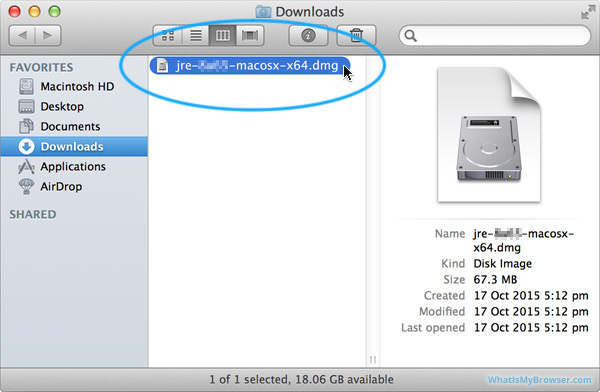

All you need to do is follow these instructions:Ĭlick on Tools and then choose to Internet Options How to Allow Java in Internet ExplorerĮnabling Java in Internet Explorer is pretty simple. Now, we can type any URL that contains Java content in the IE Tab. Lastly, we can click the E icon to open an IE Tab (it uses the Internet Explorer engine to support Java). The click will allow us to download a small program named: ietabhelper, a helper executable file required by IE Tab to do its job. Once the installation is completed, we need to navigate to the IE Tab extension and click on it. Today, the most convenient way to make Java enabled is to use the IE Tab Chrome extension! So, let’s see how we can make use of IE Tab to enable Java in Chrome.įirst thing first, we need to install the IE Tab extension on our Chrome browser. However, technology has taught us that there is always a workaround! Right? Starting with Chrome version 42 (released April 2015), Chrome has disabled the standard way in which browsers support plugins. Unfortunately, the latest versions of Google Chrome have abandoned NPAPI and disabled its support.Ĭhrome browser versions 42 and above. NPAPI was a great choice to use to activate Java in Chrome. That way, you can avoid security-related problems. So, in order to run Java applets on your browser, you need to turn it on first.īear in mind that you need to check Java updates frequently to make sure that your Java version is up-to-date with the latest release.

Without further ado, let’s get started! Why it’s Important to Enable Java in Browsersīy default, Java is not enabled in web browsers even if it’s already installed on your machine. We’ll use Windows 10 in this tutorial, so make sure to read how to install Java on Windows 10 first. Then, we’ll explain in detail how to accomplish the same thing in other browsers. The system will not install a JRE that has an earlier version than the current version.In this short tutorial, we’re going to shed light on how to enable Java in Chrome browser. When you install the JRE, you can install only one JRE on your system at a time.
/how-to-enable-java-in-chrome-4770854-10-fc6d9d32c85a4219b3910731bbe35792.png)
To install an earlier version of the JRE, you must first uninstall the current version. To determine the current JRE version installed on your system, see Determining the JRE Version Installed on macOS. However, the system will not replace the current JRE with a lower version. When you install the JDK, it also installs the JRE. Administrator privileges are required to install the JDK and JRE on macOS. Installing the JDK and JRE on macOS is performed on a systemwide basis for all users. You cannot install Java for a single user. The following are the system requirements for installing the JDK and the JRE on macOS:


 0 kommentar(er)
0 kommentar(er)
